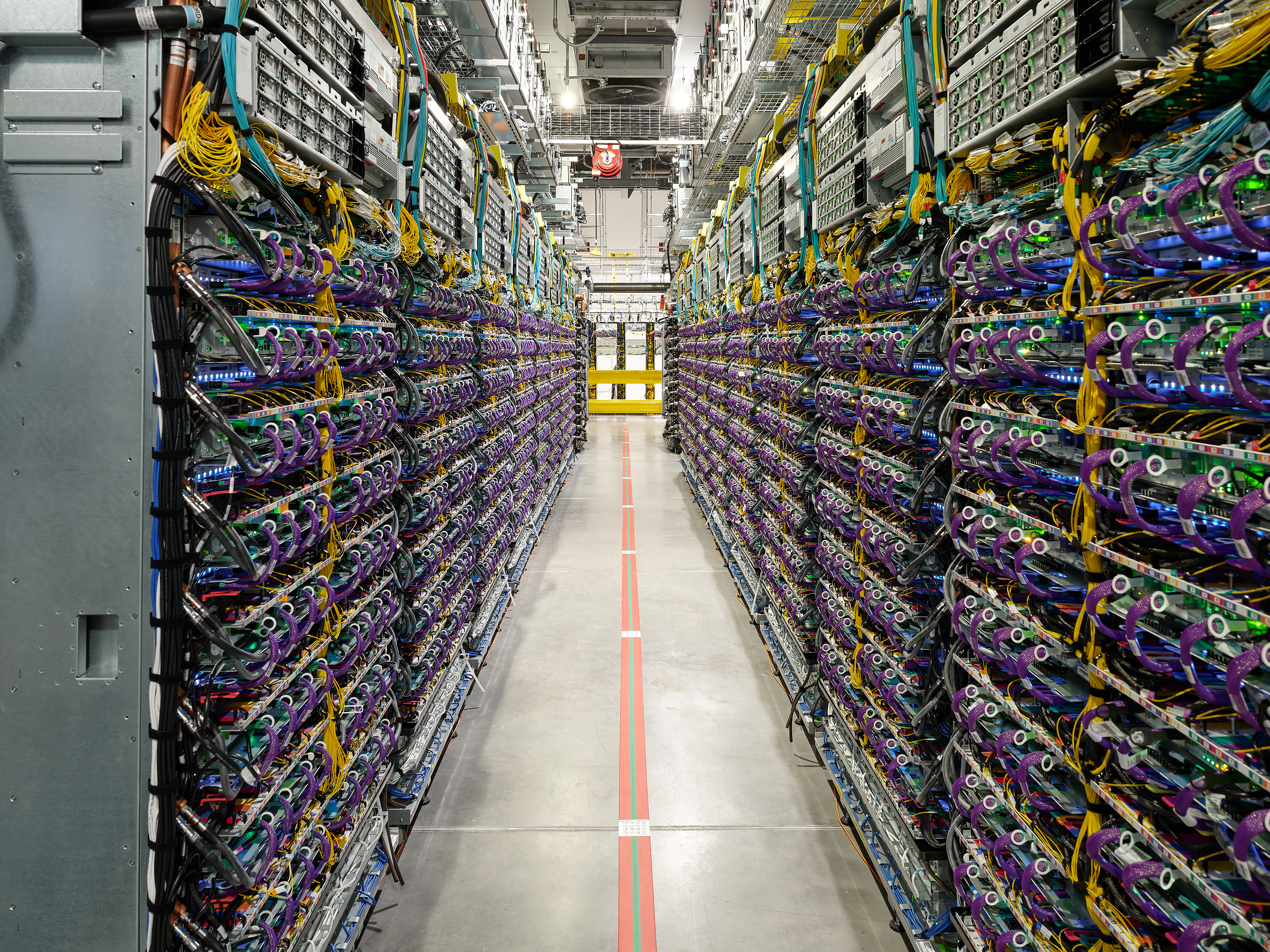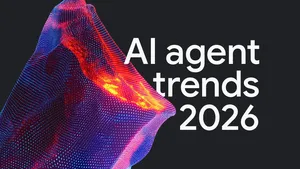How we’re making data centers more flexible to benefit power grids

Technologies like AI are poised to spur a new wave of innovation and economic growth — and meeting AI’s energy needs efficiently and reliably also presents a unique opportunity to modernize our entire energy system.
That’s why we’ve been working to bring flexible demand capabilities into our data center fleet, which enables us to shift or reduce power demand during certain hours or times of the year. These capabilities, often referred to as demand response, have several advantages, especially as we continue to see electricity growth in the US and elsewhere. It allows large electricity loads like data centers to be interconnected more quickly, helps reduce the need to build new transmission and power plants, and helps grid operators more effectively and efficiently manage power grids.
We’re pleased to report on our progress in the implementation of these capabilities, including two new utility agreements with Indiana Michigan Power (I&M) and Tennessee Valley Authority (TVA). These agreements represent the first time we’re delivering data center demand response by targeting machine learning (ML) workloads. This builds on our successful demonstration with Omaha Public Power District (OPPD) where we reduced the power demand associated with ML workloads during three grid events last year — paving the way for us to pursue opportunities at other locations.
“I&M is excited to partner with Google to enable demand response capabilities at their new data center in Fort Wayne, IN. As we add new large loads to our system, it is critical that we partner with our customers to effectively manage the generation and transmission resources necessary to serve them. Google’s ability to leverage load flexibility as part of the strategy to serve their load will be a highly valuable tool to meet their future energy needs,” said Steve Baker, president and chief operating officer of I&M.
Delivering flexibility to strengthen grids
Advancing Google’s 24/7 carbon-free energy ambition requires a holistic approach, to both procure clean energy and support the grid through demand-side solutions. Flexible demand is an important piece of this portfolio — it can be deployed quickly, helping bridge the gap between short-term load growth and long-term clean energy solutions, and delivers immediate benefits.
The first data center demand response capabilities we developed involve shifting non-urgent compute tasks — like processing a YouTube video — during specific periods when the grid is strained. Through our ongoing partnerships with Centrica Energy and transmission system operator Elia in Belgium, and Taiwan Power Company in Taiwan, we've leveraged this capability to help grid operators maintain reliability during those periods of the year when demand is the highest.
As AI adoption accelerates, we see a significant opportunity to expand our demand response toolkit, develop capabilities specifically for ML workloads, and leverage them to manage large new energy loads. By including load flexibility in our overall energy plan, we can manage AI-driven growth even where power generation and transmission are constrained. We believe this is a promising tool for managing large new energy loads and facilitating investment and growth.
Evolving for future energy needs
Data center demand flexibility is still in the early stages and will only be available at certain locations. There are limits to how flexible a given data center can be, since high levels of reliability are critical for services like Search and Maps, as well as Cloud customers in essential industries like healthcare.
Incorporating ML workloads is an important step to enable larger scale demand flexibility, delivering grid reliability and cost-saving benefits in the places where these capabilities are deployed. By engaging in long-term resource planning with utility partners like I&M and TVA, we can integrate flexibility into future grid development alongside Google’s data center infrastructure deployment.
Managing data center load growth will require a portfolio of solutions, including new generation and transmission investments, but demand response can play an important role. Looking forward, we remain committed to collaborating with system operators, utilities, and industry partners to capture AI’s immense opportunity while supporting a clean, reliable, and affordable energy system for everyone.






